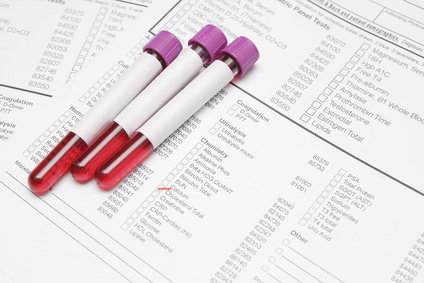Since physicians and health professionals began to routinely measure blood lipids such as cholesterol and triglycerides to identify patients at high risk of cardiovascular disease (CVD) and/or to determine who should be treated with lipid-lowering agents, blood samples were mostly collected in the morning after a fasting state of 8-12 hours. While the use of fasting samples was based on a sound rationale (food intake does influence triglyceride and cholesterol levels), research data accumulated over the past 10 years have called into question the need for obtaining samples in the fasting state. For instance, although food intake influences blood lipids, this effect is rather minimal (only +0.3 mmol/L for triglycerides and -0.2 mmol/L for total cholesterol). Moreover, fasting does not influence other parameters of the lipoprotein-lipid profile such as high-density lipoprotein (HDL) cholesterol, apolipoprotein B (which provides an estimation of the atherogenic lipoprotein particles in the blood) and Lipoprotein(a) (a highly atherogenic form of lipoprotein particles which blood levels are genetically determined). Additionally, most people spend the best part of their day in the non-fasting state and fasting and non-fasting lipids have been shown to predict the risk of CVD to a very similar extent in large epidemiological studies.
Equally as important, fasting has been reported as a barrier to population screening and is unpopular with children. Furthermore, it is sometimes difficult for some patients to remain in the fasting state for a long period, such as those with diabetes who need to have their blood lipids regularly measured. Therefore, to improve patient compliance with lipid testing, the European Atherosclerosis Society (EAS) and the European Federation of Clinical Chemistry and Laboratory Medicine (EFLM) have issued a joint consensus statement supporting the routine use of non-fasting lipid measurements. The statement was published in the European Heart Journal.
The key recommendations of the EAS-EFLM are:
- Fasting is not required routinely for assessing the plasma lipid profile;
- When non-fasting triglyceride levels are elevated (>5 mmol/L), consideration should be given to repeating the lipid profile in the fasting state;
- Laboratory reports should flag abnormal values based on desirable concentration cut-points;
- Life-threatening or extremely high concentrations should trigger an immediate referral to a lipid clinic or to a physician with a special interest in lipids.
Importantly the EAS-EFLM does not in any way suggest abandoning the fasting lipid profile. For instance, fasting is critical if one wants to obtain a phenotypic diagnosis of genetically determined dyslipidemias (lipid disorders). By highlighting that non-fasting and fasting measurements should be complimentary but not mutually exclusive, authors of this EAS-EFLM consensus statement hope to facilitate both blood sampling for patients and break one barrier to population screening.
